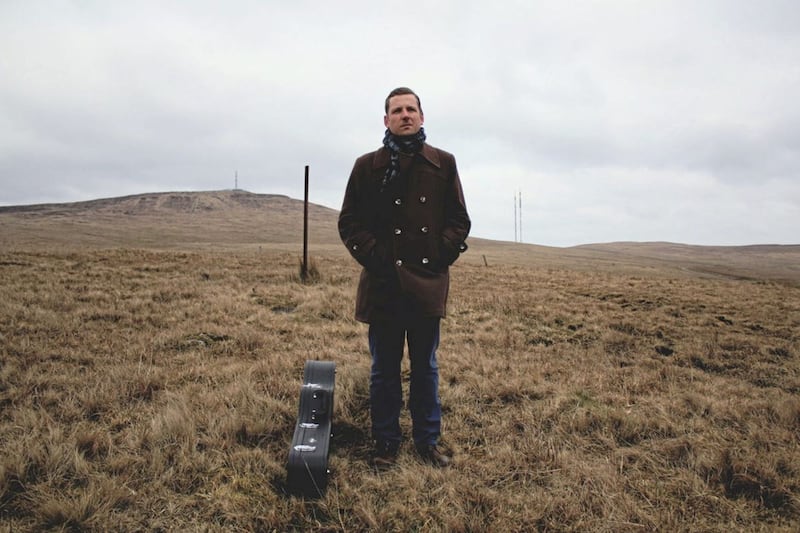ALTHOUGH climbing the stairs is the only ascent most of us are capable of achieving right now, once lockdowns lift, there’s a whole world of adventures to attempt.
For anyone eager to stretch their legs, here’s a guide to the Seven Summits, the highest mountains in each of the seven continents – with a few alternative suggestions for those who prefer to take the easier routes.
DENALI
Alaska
Originally known as Mount McKinley, until Barack Obama officially restored its original native name in 2015, this peak is a highlight attraction of Denali National Park – a vast tract of wilderness in Alaska. Every year, ambitious climbers attempt the 18-day ascent.
:: Alternative: Take a scenic flight tour, cutting through the clouds to weave through peaks and watch climbers form a trail of ants below. Tour cost around £315 for 1.5 hours. Visit alaska.org.
MOUNT KILIMANJARO
Tanzania
Giraffe and elephants wander close to the foothills of this dormant, three-coned volcano, the highest freestanding mountain in the world.
Multiple travel companies can arrange tours, which take five to nine days, depending on weather; January, February and September are regarded as the best months. Of all the seven summits, this is the one most trekkers could realistically conquer – but don’t expect a walk in the park; it’s still highly challenging.
:: Alternative: Mount Meru in Mount Kenya National Park is less gruelling but still offers the chance to combine a hike with safari.
MOUNT EVEREST
Nepal
The tallest mountain in the world attracts both crowds and controversy. Who can forget those images of climbers queueing to reach the peak as if they were lining up at a supermarket check-out? All to pay £33,000 – the amount you’d need to stump up to make the climb.
Climbing expert and Mount Everest chronicler Alan Arnette regretfully predicts deep discounts but also record crowds once the pandemic is under control.
:: Alternative: A cheaper and safer option is hiking to Everest Base Camp, promising equally spectacular scenery and a sense of fulfilment.
MOUNT KOSCIUSZKO
Australia
Thanks to its ski resort, access to this mountain is relatively easy. “It’s a drive, a ski lift and a hike for a few hours and you’re there,” says Gordon Janow, from Alpine Ascents. Pick up the scenic chair lift in Thredbo to the walk start point of a trail winding above Lake Cootapatamba, Australia’s highest lake. A 13km return, the trip should only take about five hours.
:: Alternative: There’s no need; this trek should be suitable for most fitness levels and budgets.
MOUNT ELBRUS
Russia
Summer is the ideal time to climb this dormant volcano in the Russian republic of Kabardino-Balkaria, in the Caucasus Mountains. Although it requires training, stamina and good weather, Europe’s highest non-technical peak is achievable for most. But beware: at the summit, there is 50 per cent less oxygen than at sea level.
:: Alternative: Mont Blanc, in the Alps, is the highest mountain in western Europe, with treks led by multiple tour companies.
MOUNT VINSON
Antarctica
Rising around 1,200km from the South Pole, this icy, remote mountain was first spotted by air in 1935, although people didn’t start hiking until the 1960s. Although easier than some of the more technical summits, its location makes it extremely challenging. Nevertheless, organised tours still operate, including by Antarctic Logistics and Expeditions.
:: Alternative: Travellers can indulge their inner Arctic explorer by attempting the hike Ernest Shackleton made across sub-Antarctic island South Georgia.
ACONCAGUA
Argentina
This Andean peak is the highest outside of the Himalayas. Although scaling the summit does require some training – and a substantial amount of cash – it is achievable and takes up to two weeks.
Most people use the nontechnical ‘Normal Route’, although altitude sickness can be extreme.
:: Alternative: Multiple walking trails are available in Aconcagua National Park.




